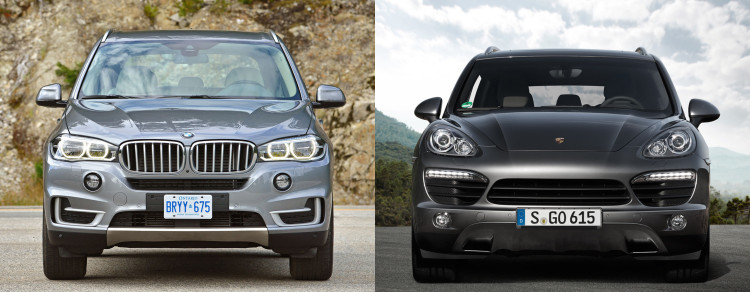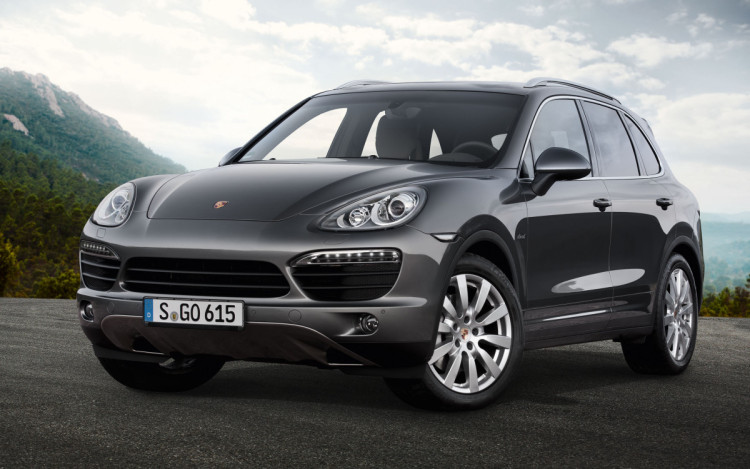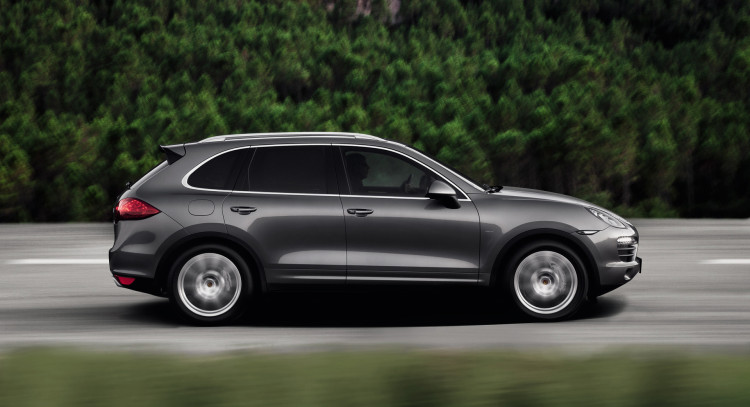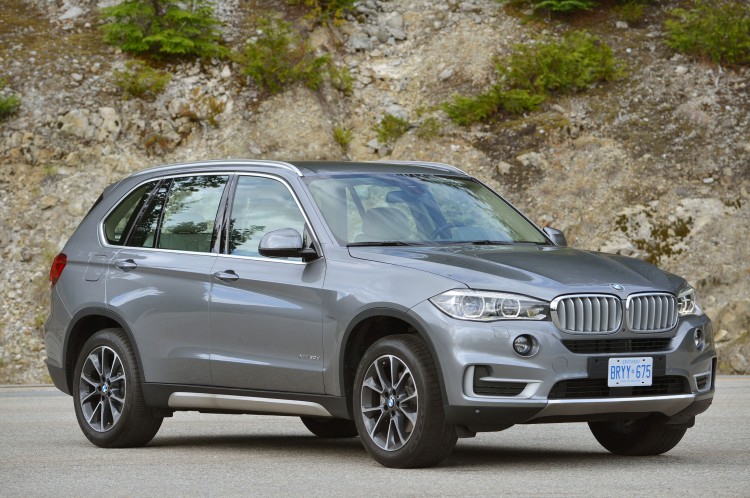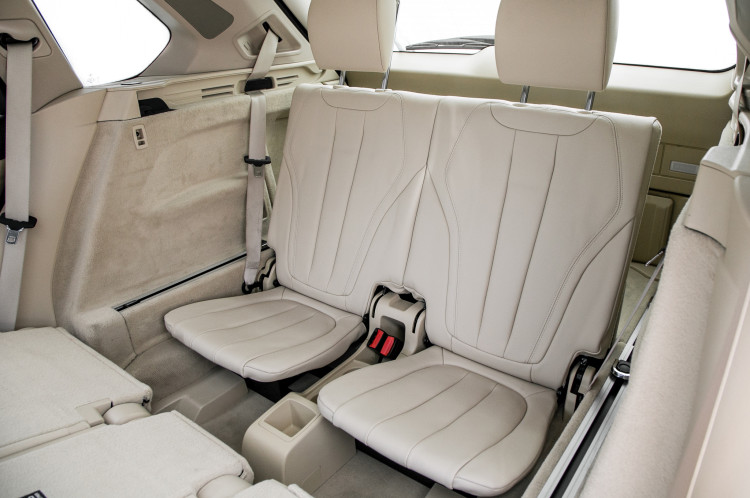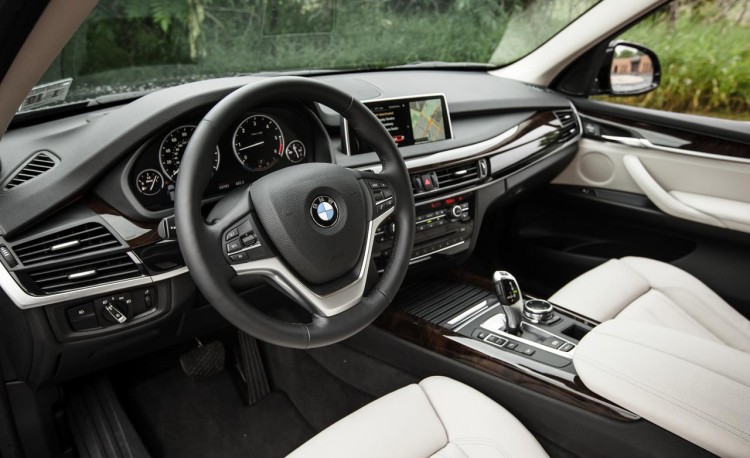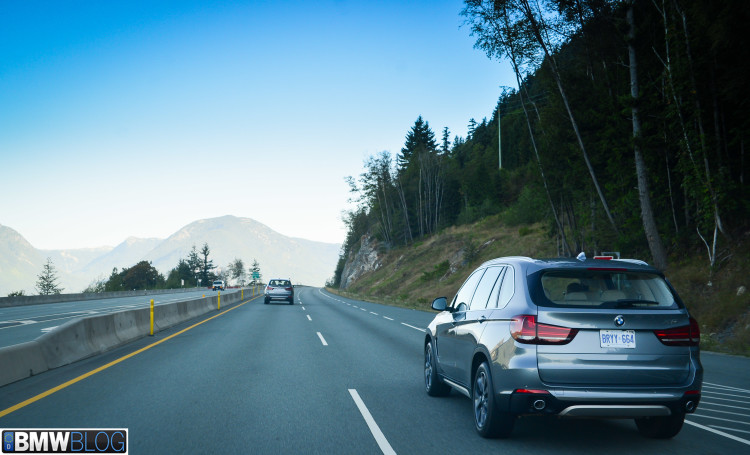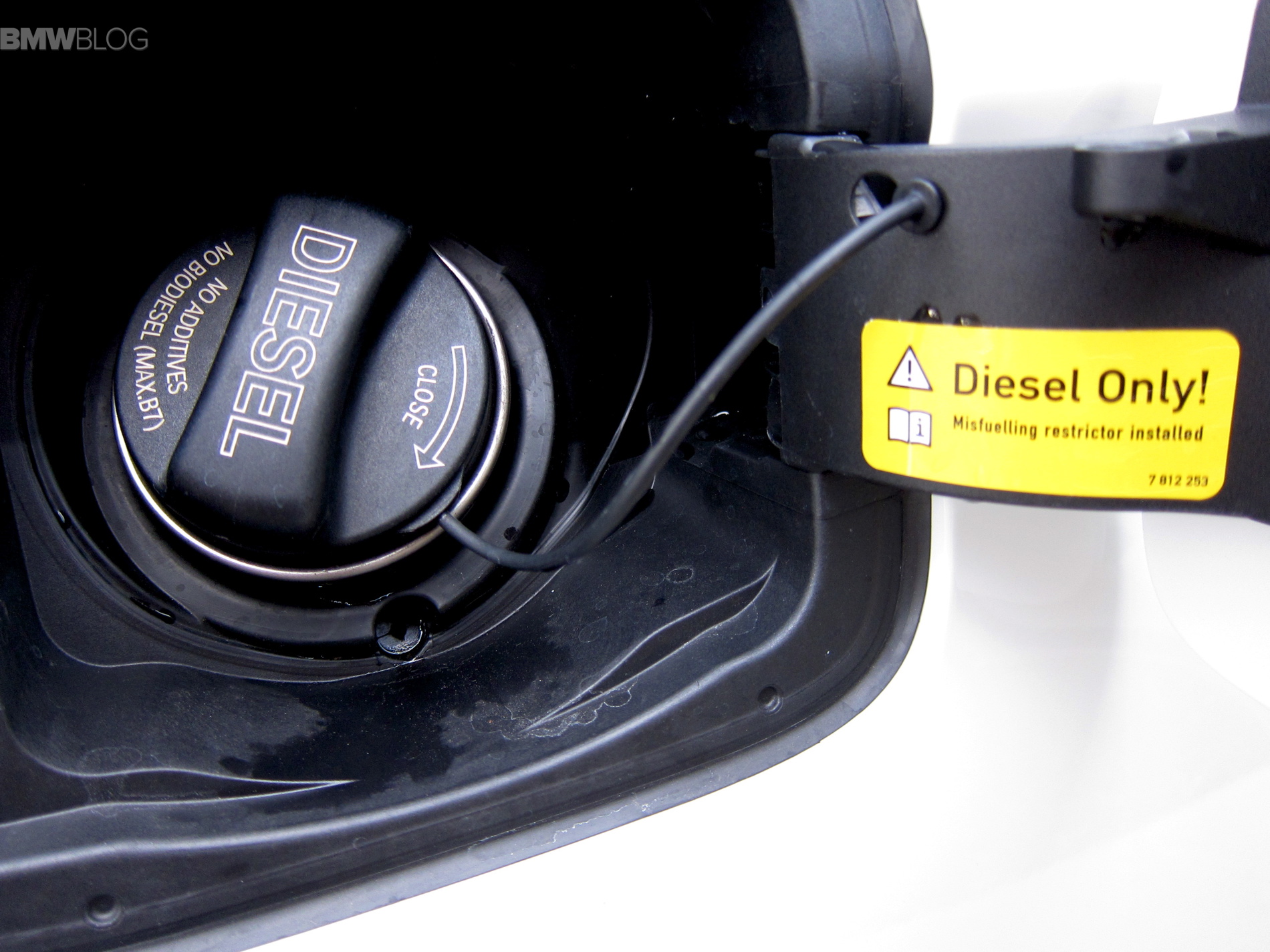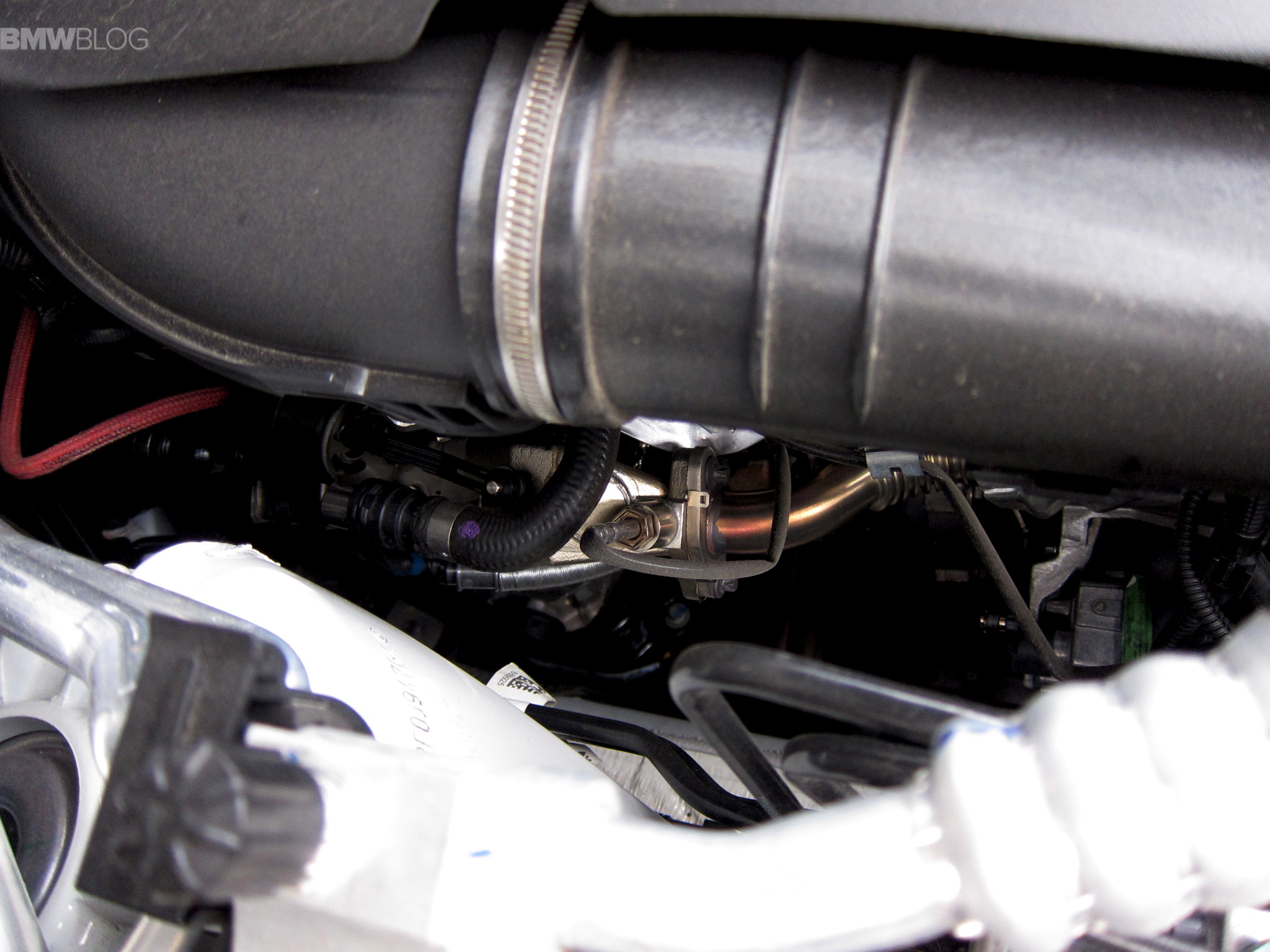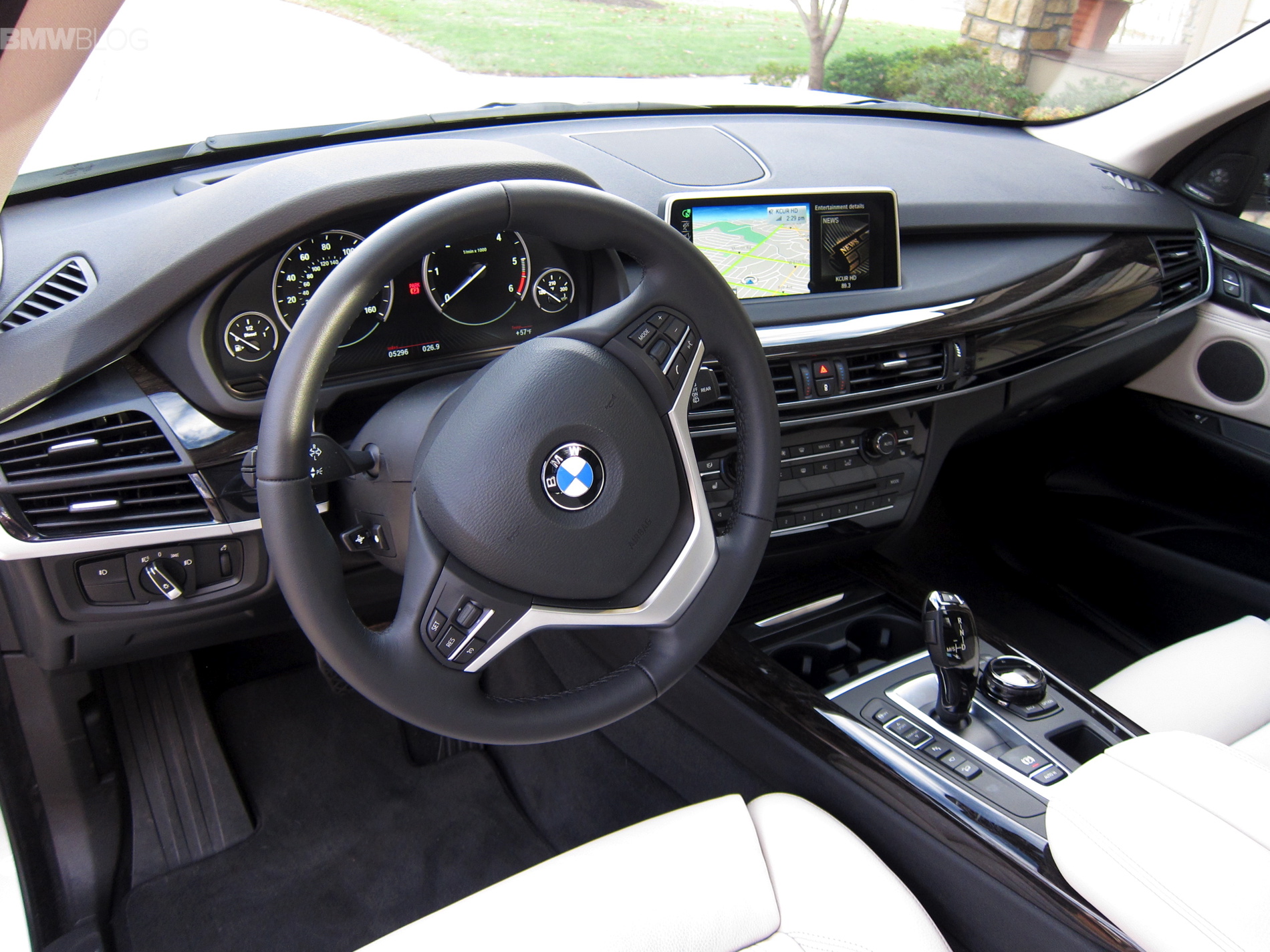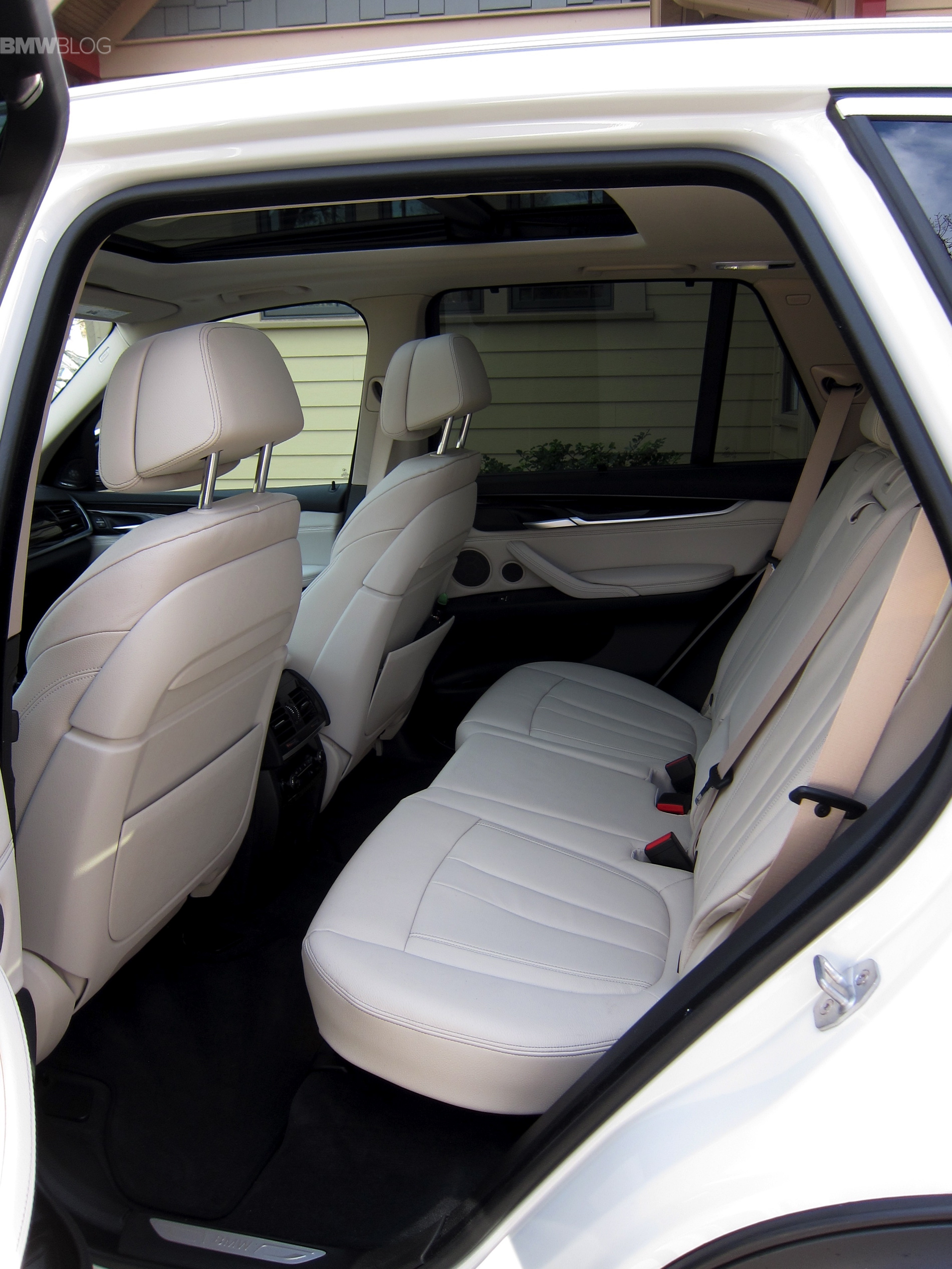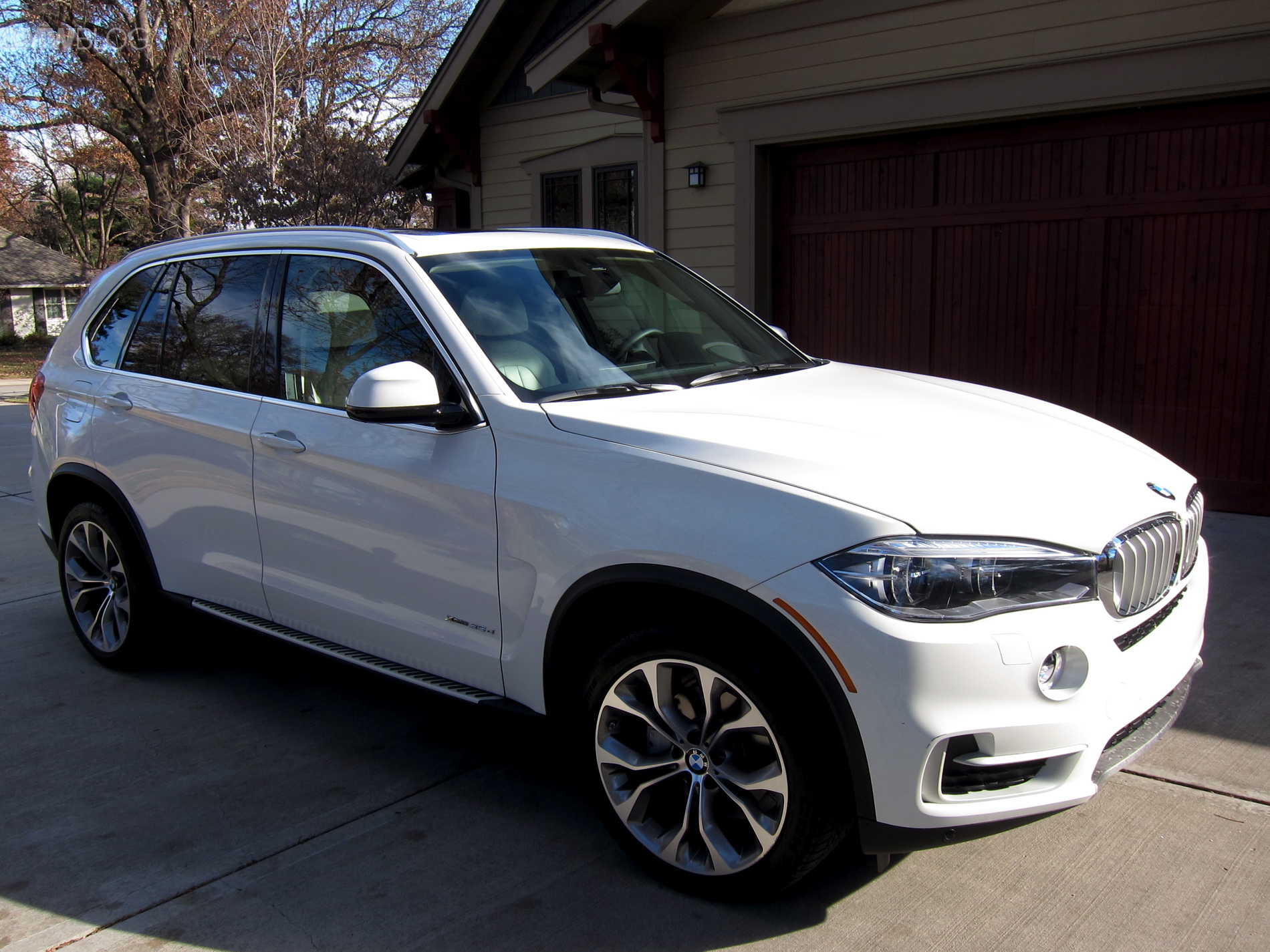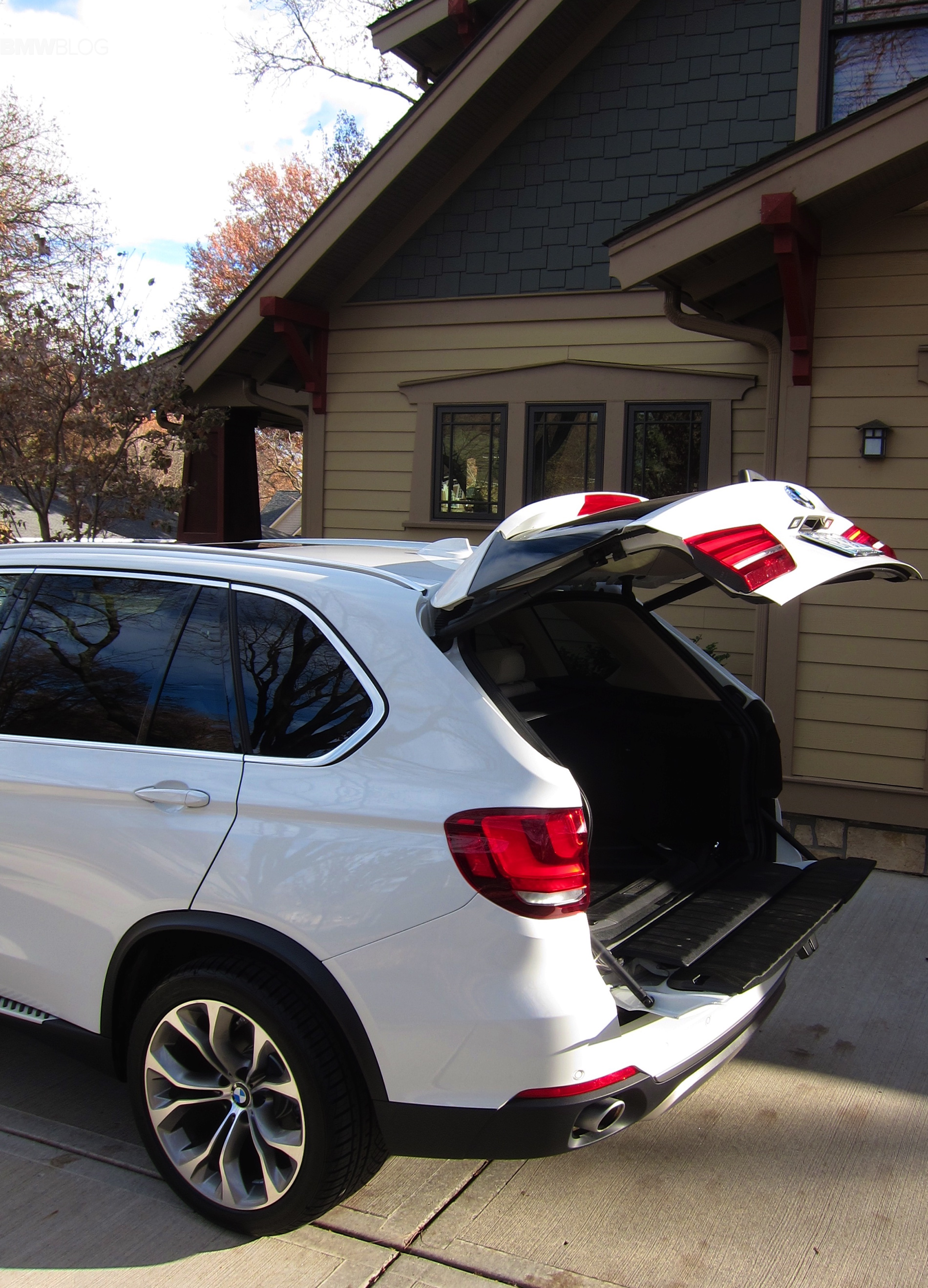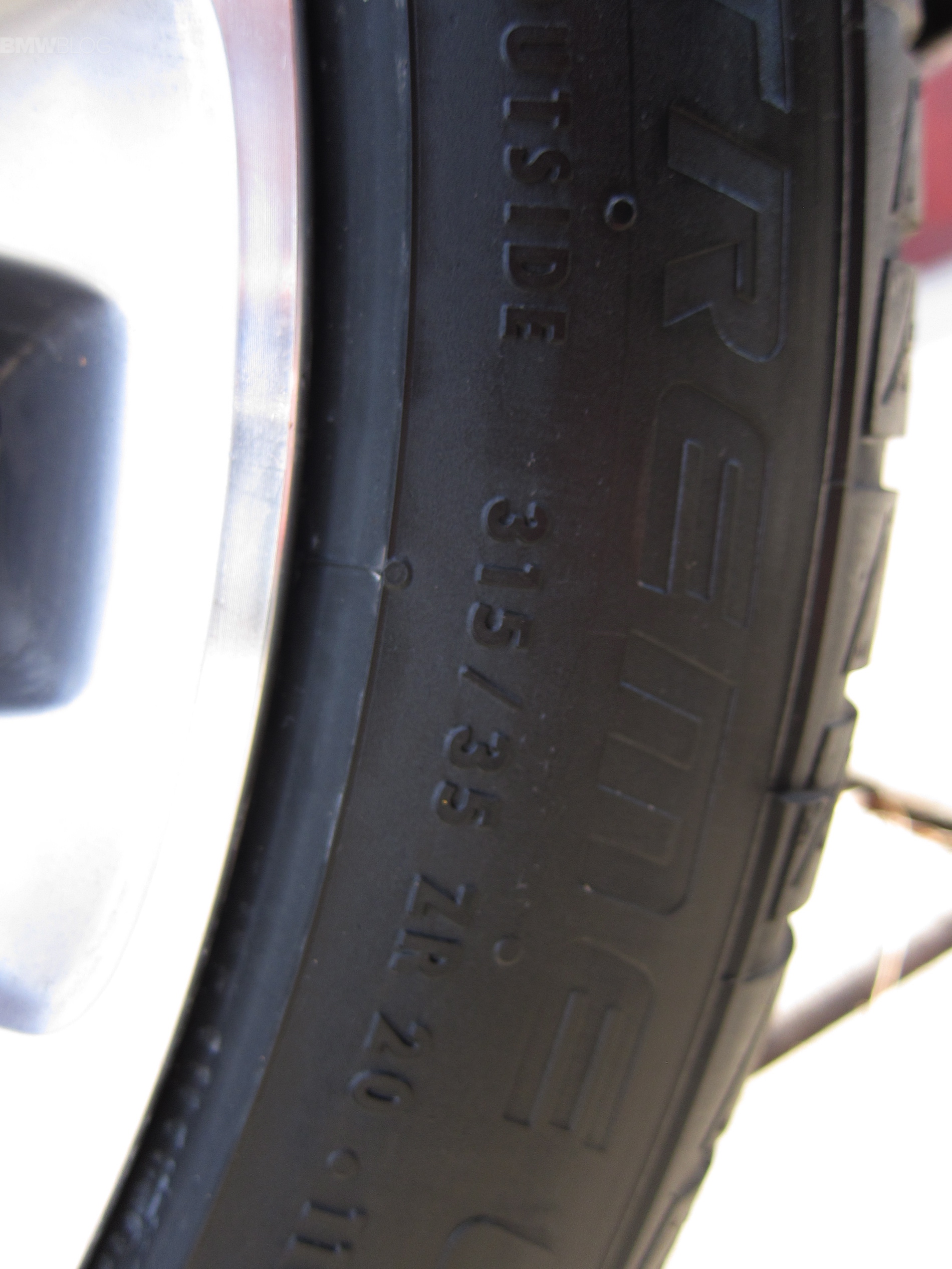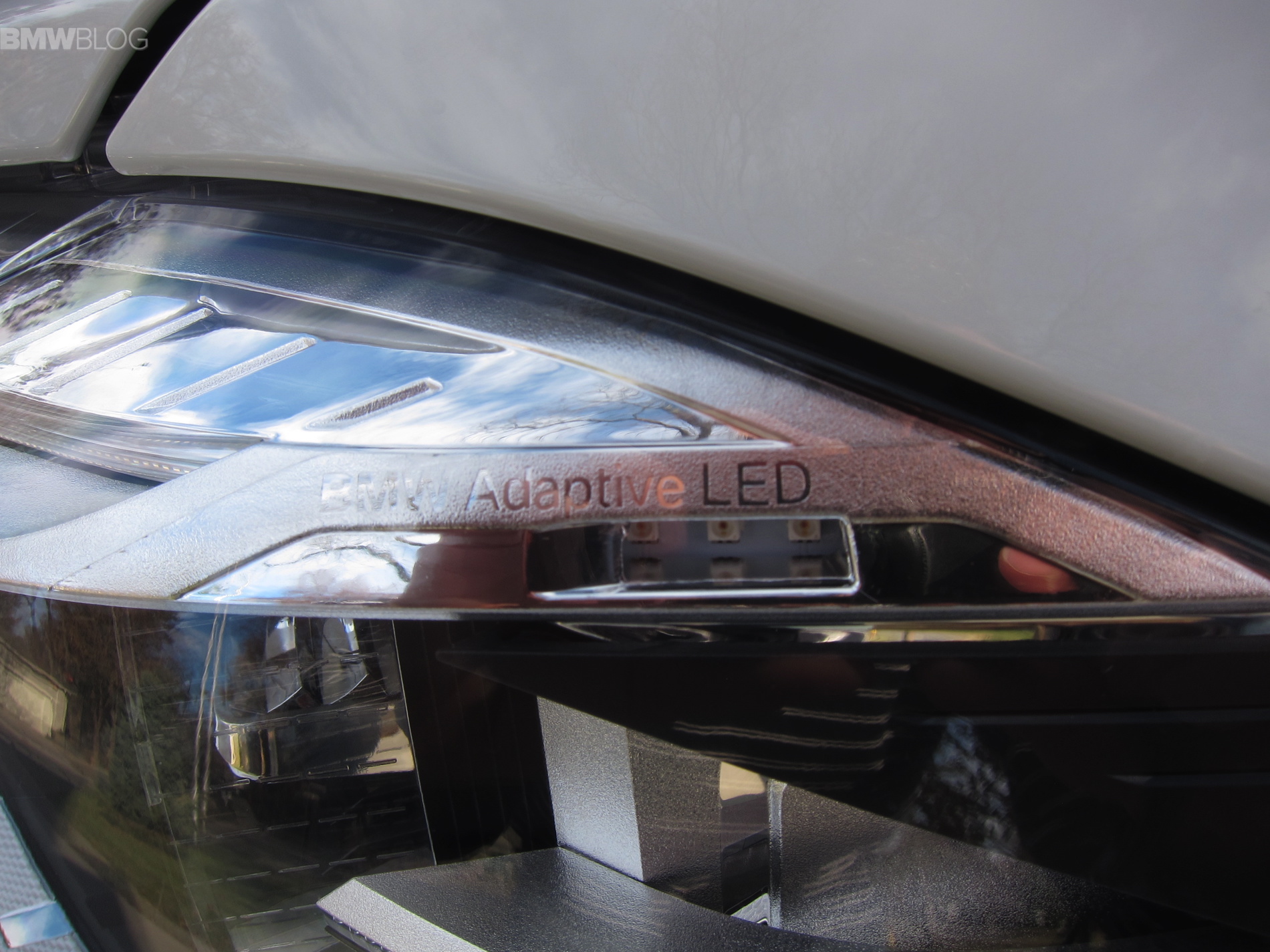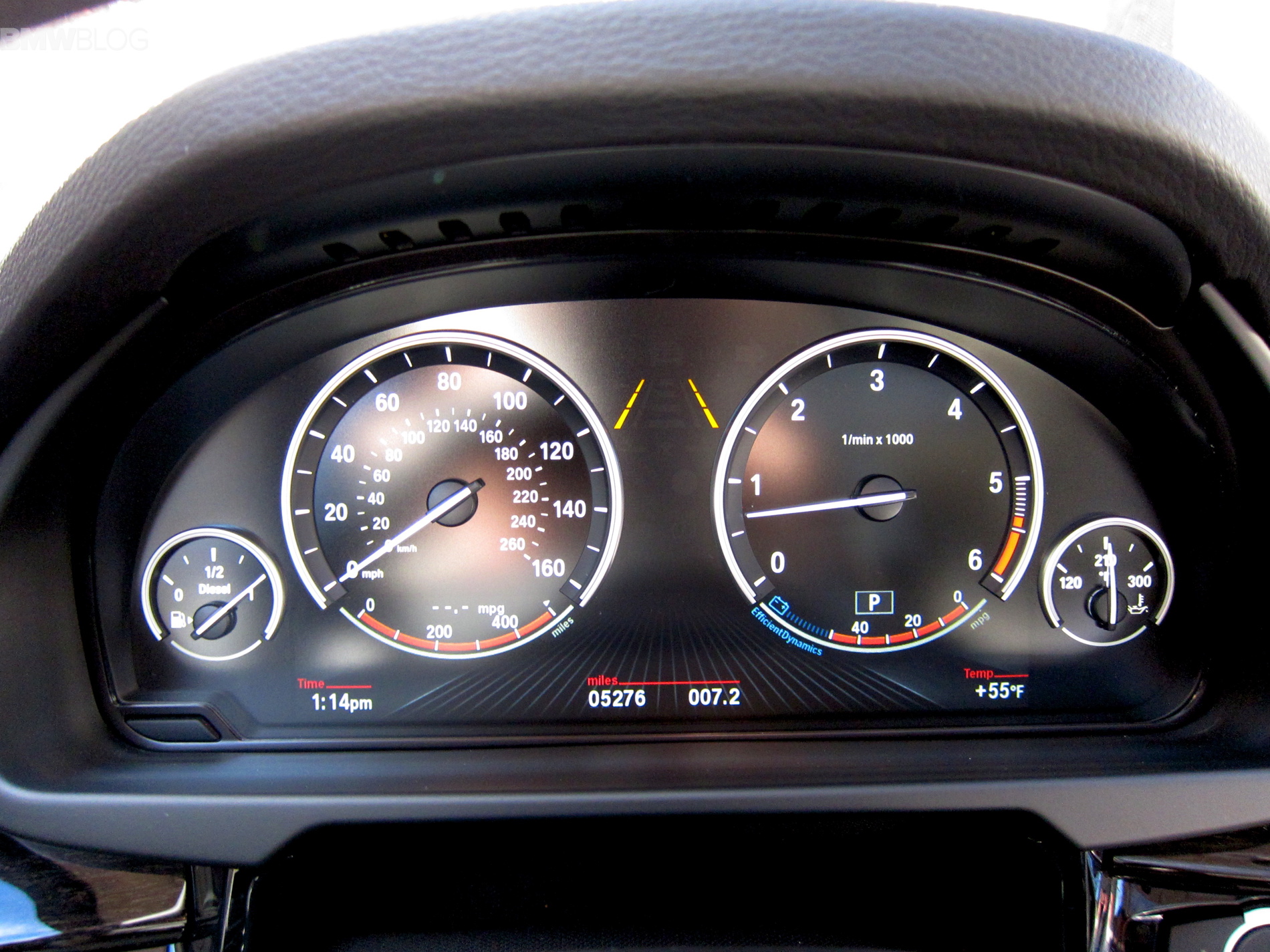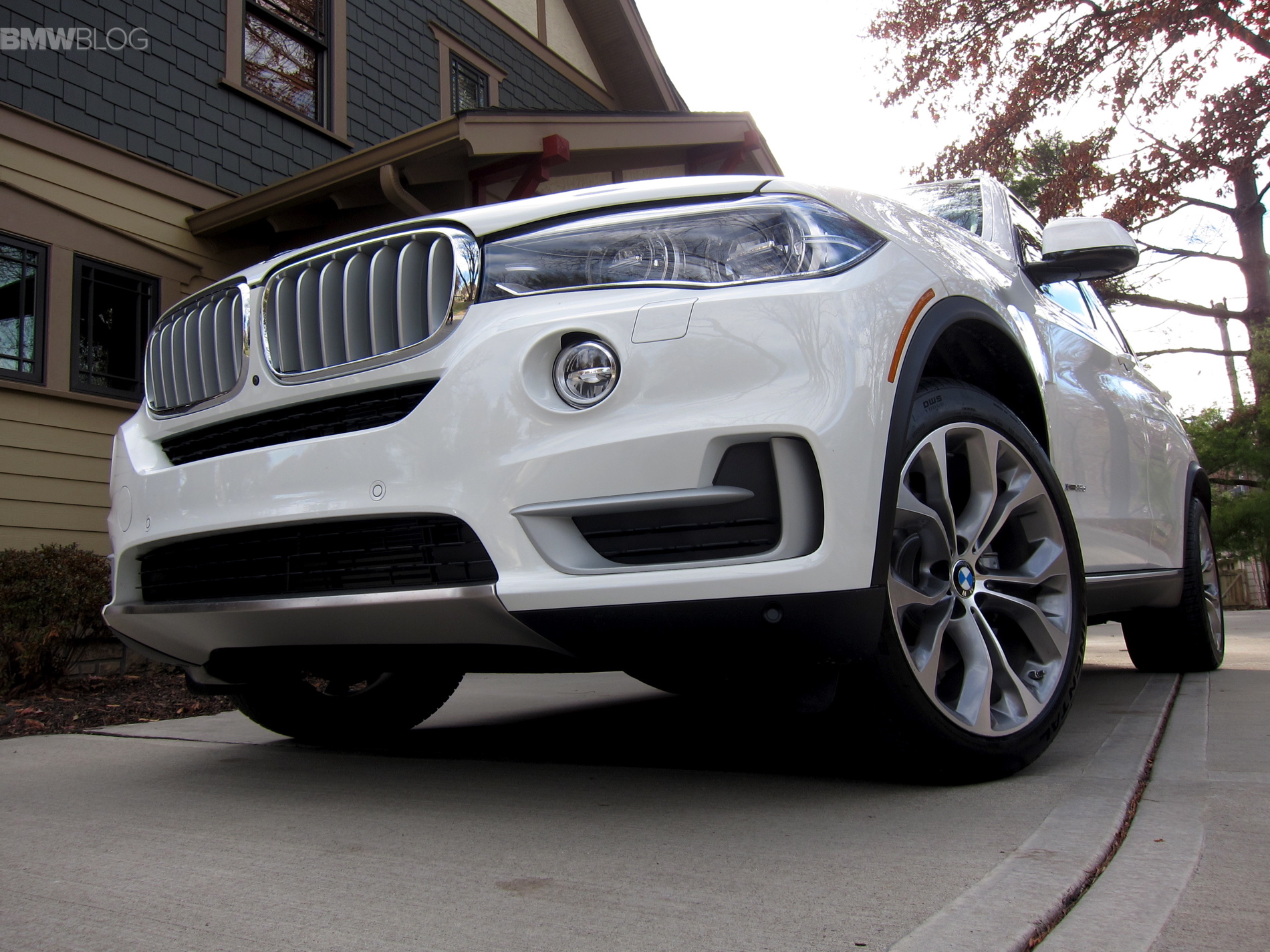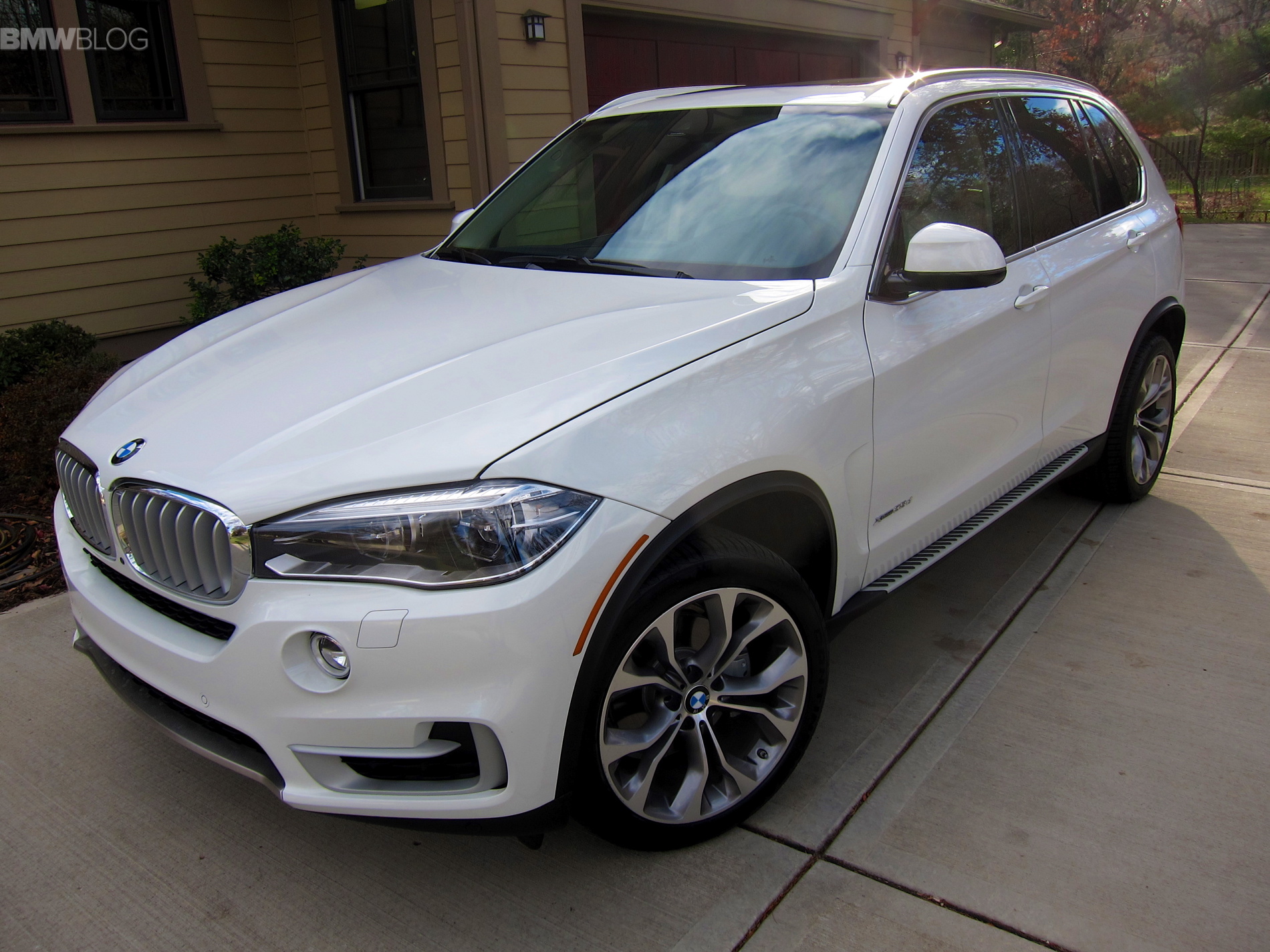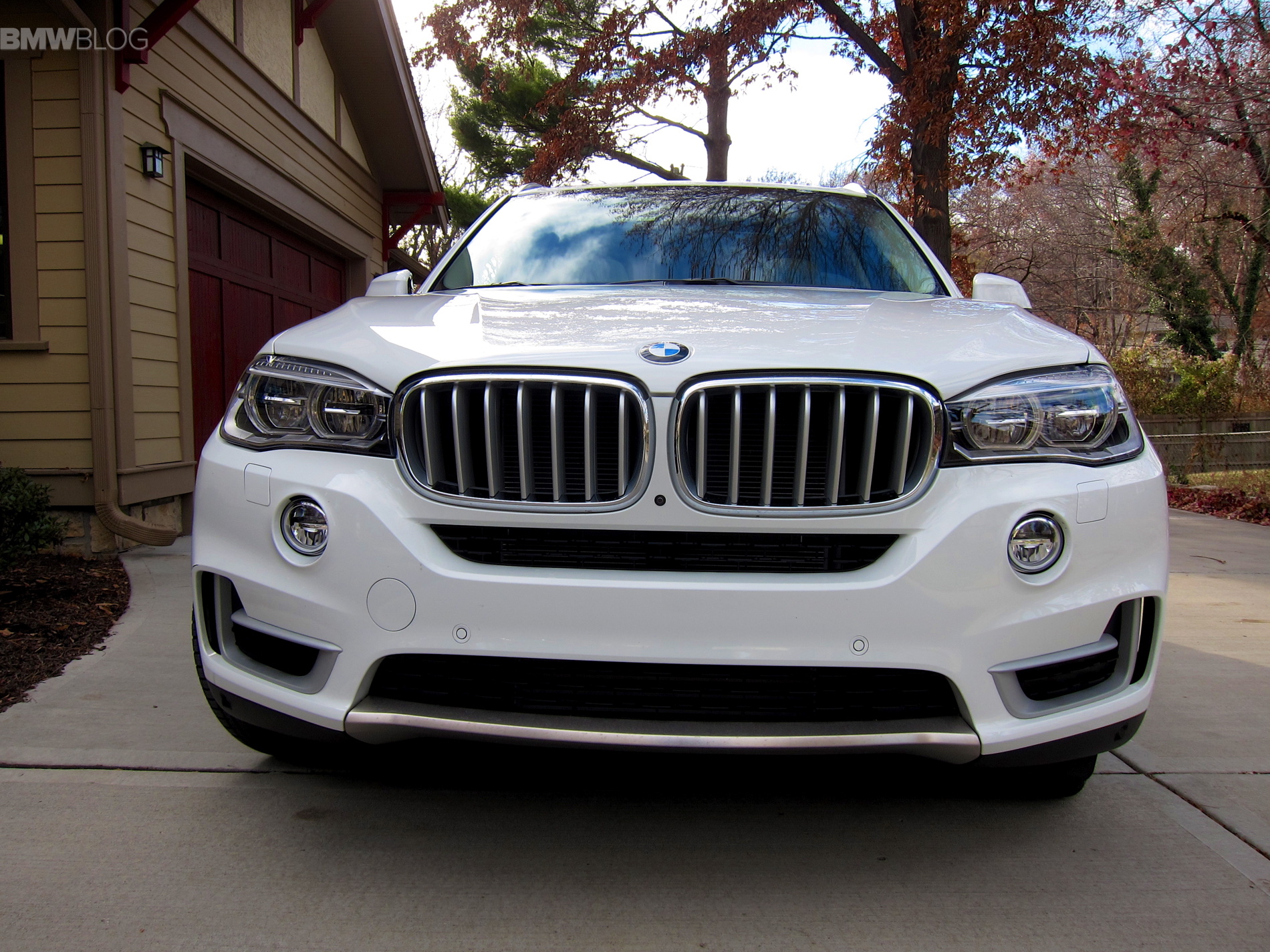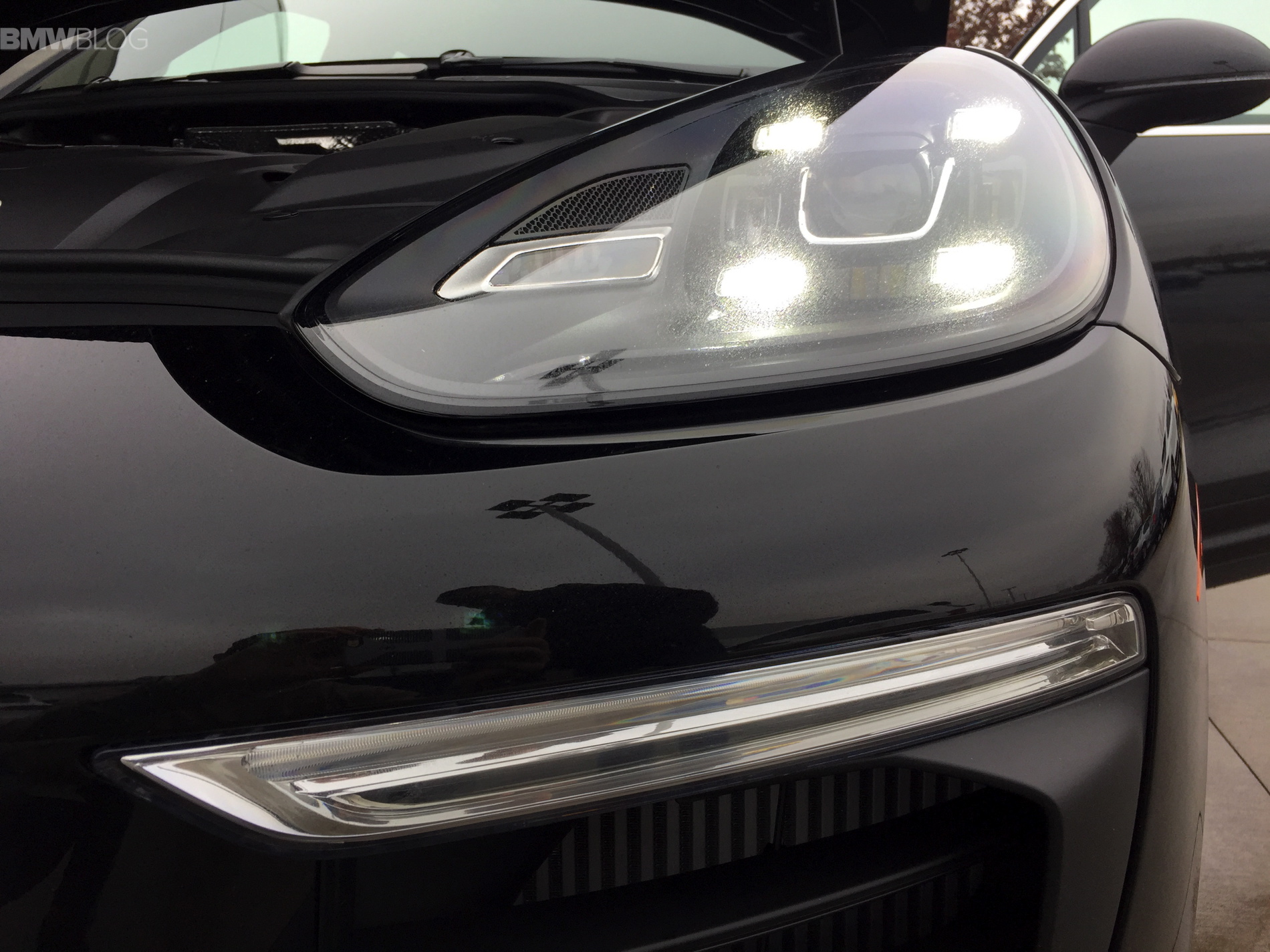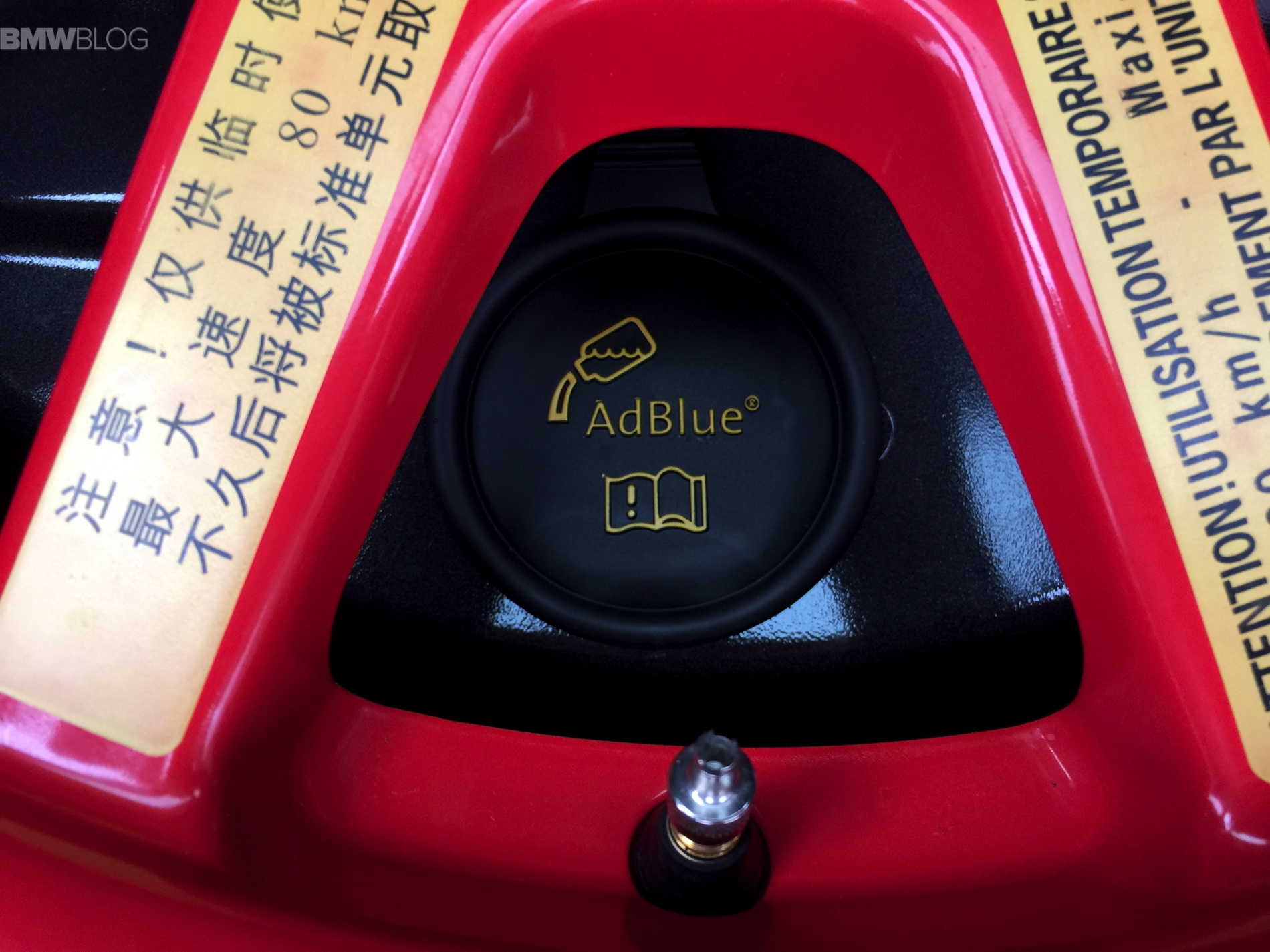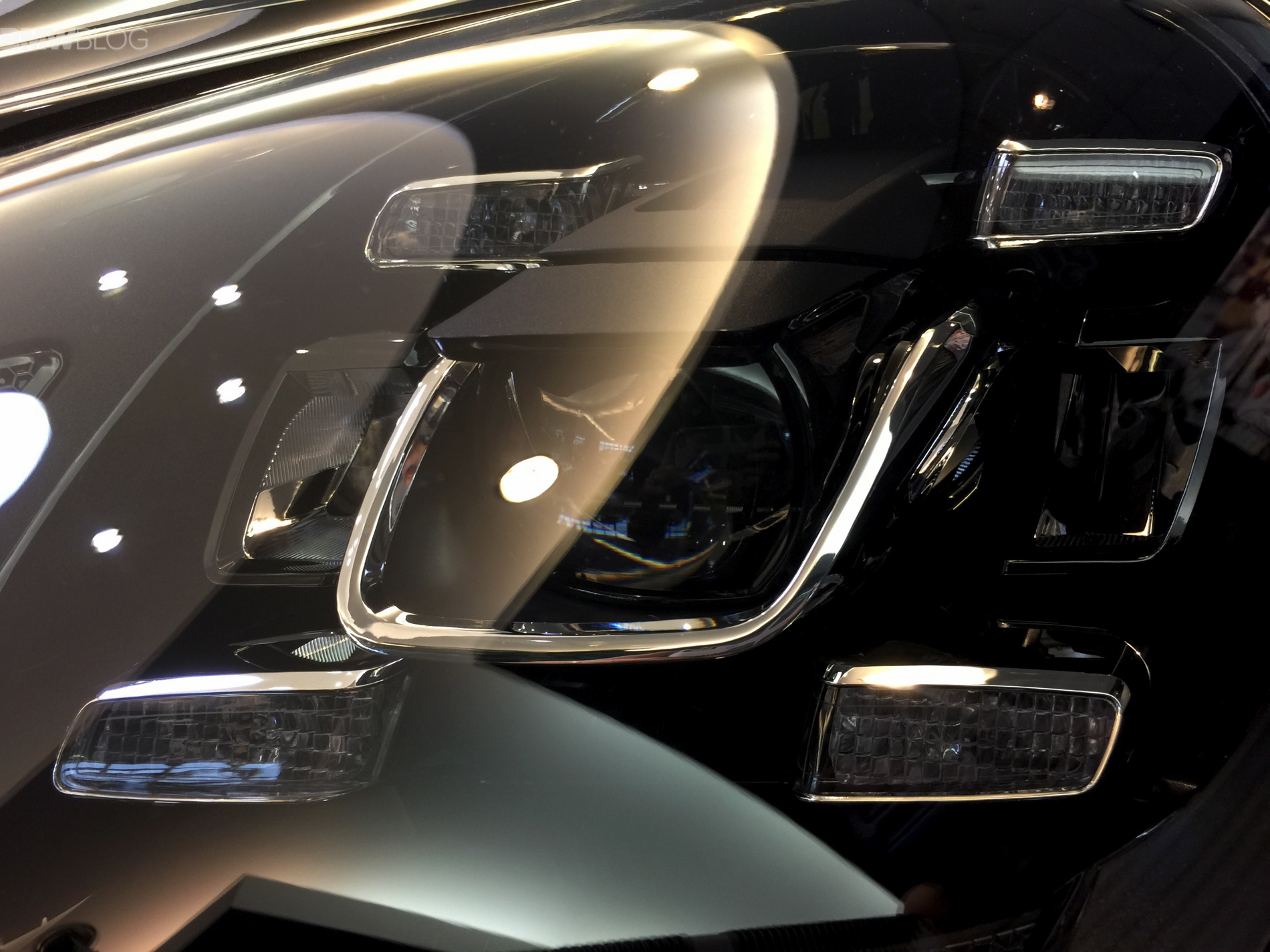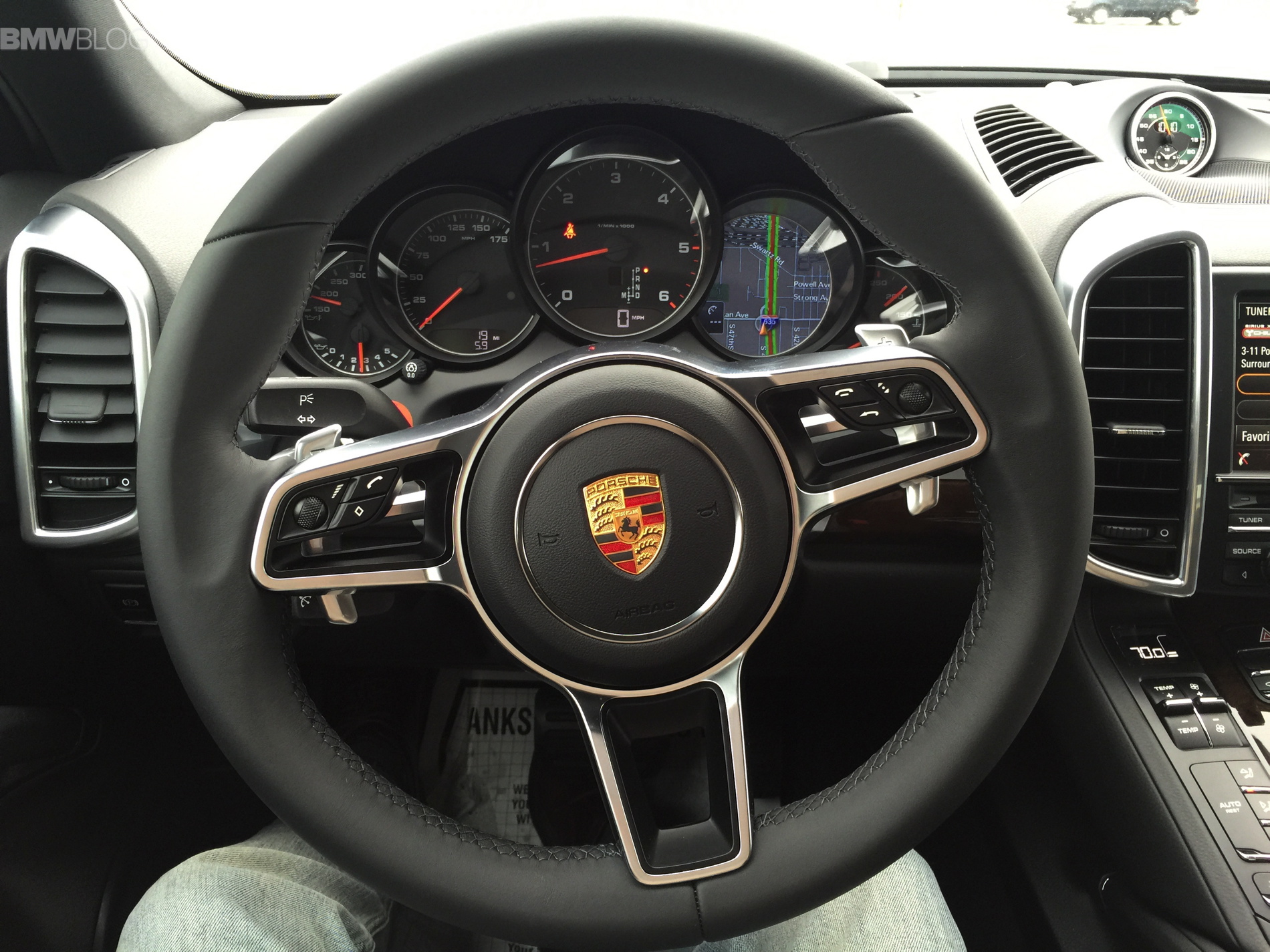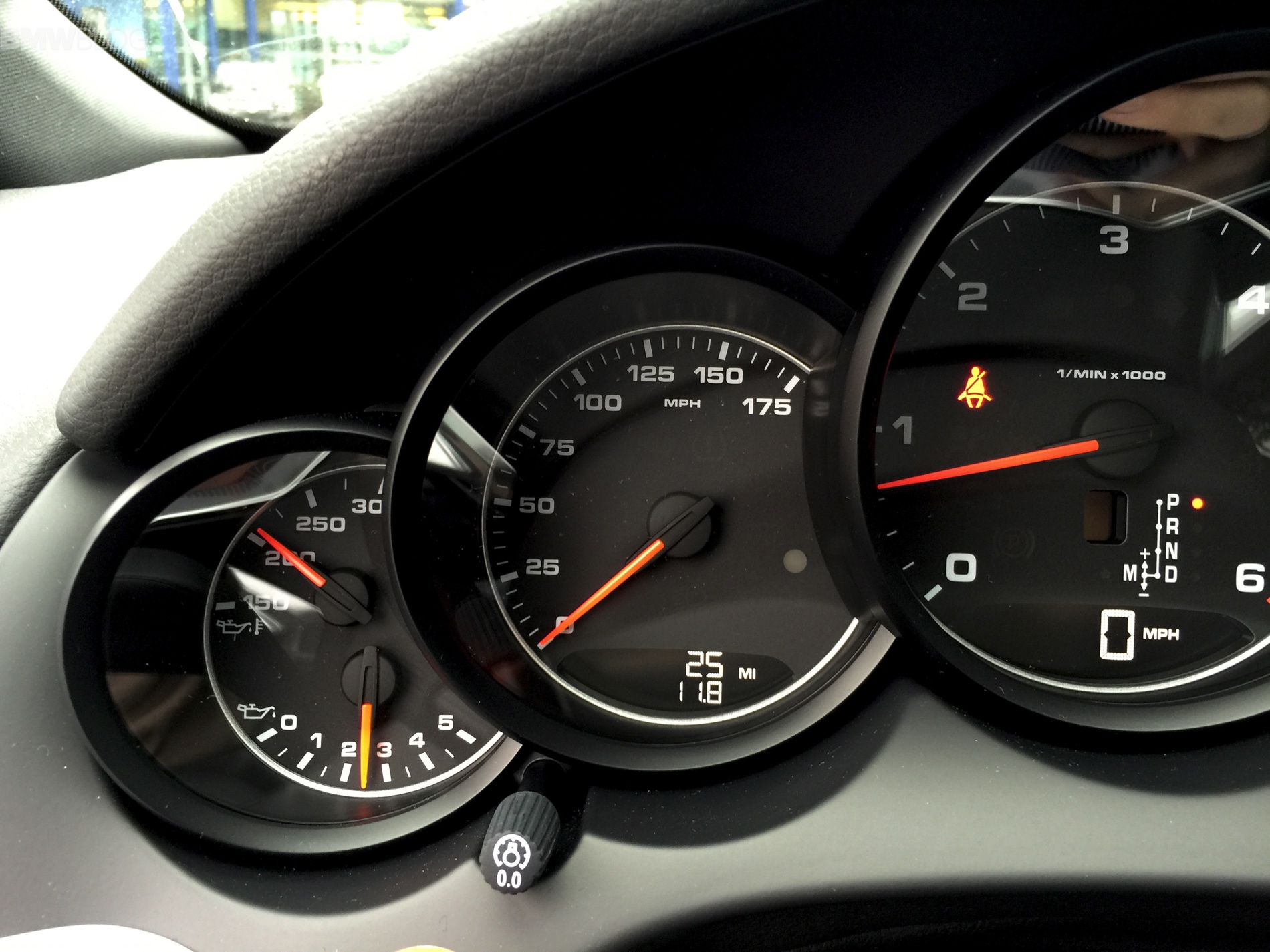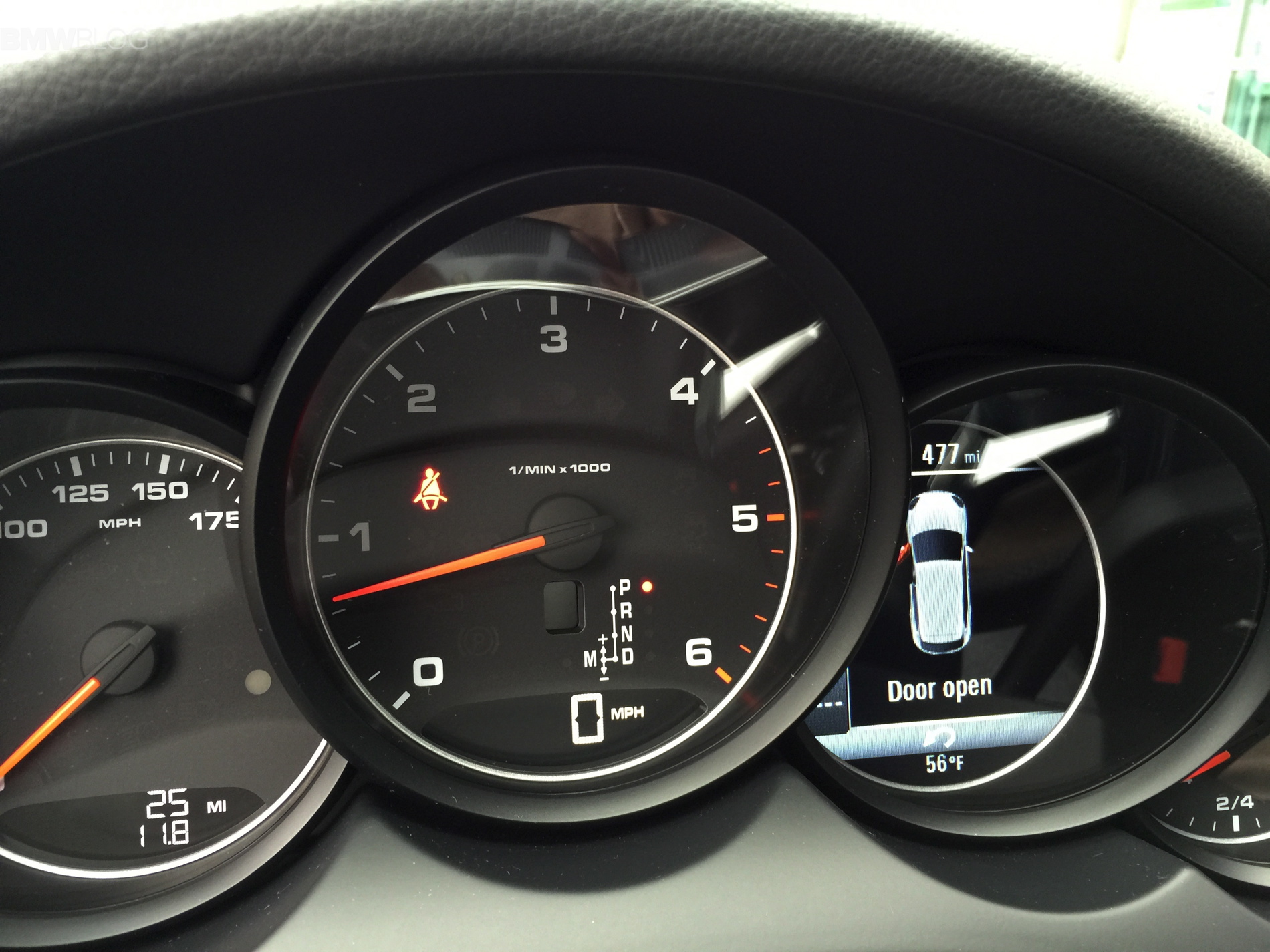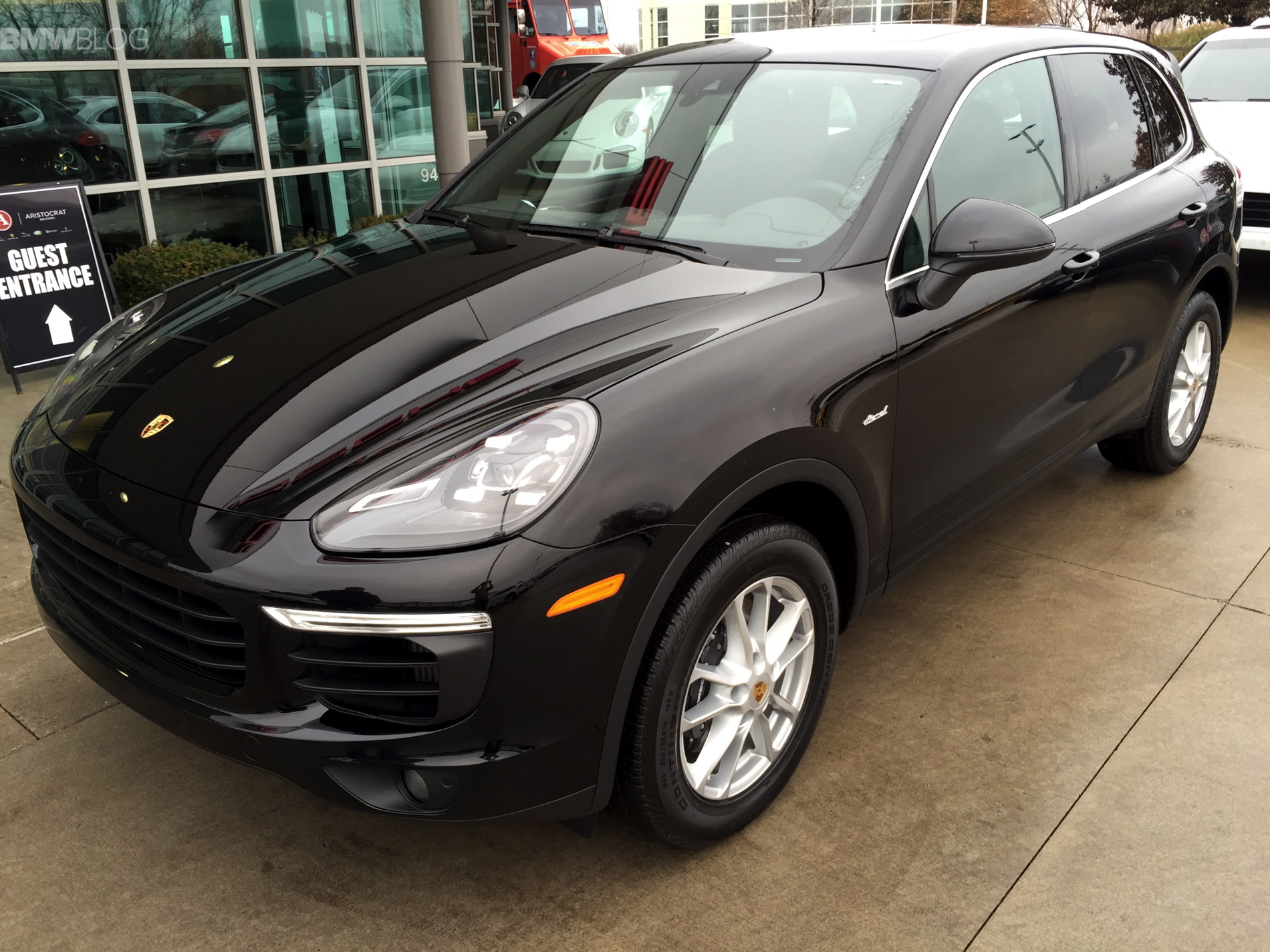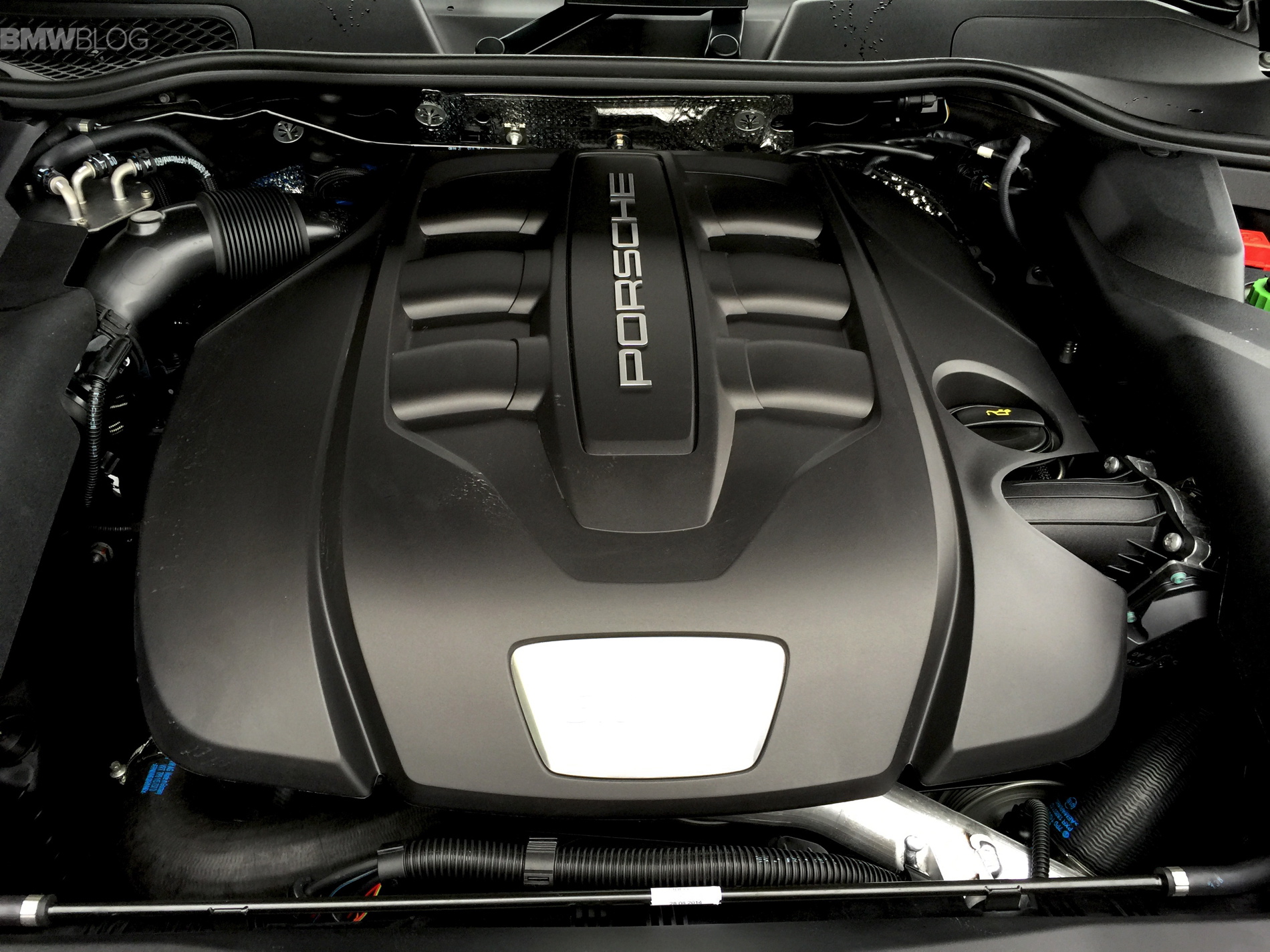To the well-heeled hardcore German track car enthusiasts, there may be no better tow vehicle than the BMW X5 xDrive35d or the Porsche Cayenne Diesel. Take a tour through the paddock of any BMW Club of America or Porsche Club of America track weekend and one will find BMW M3s or Porsche 911 track toys that have arrived on trailers behind one of these diesel oil burners.
Despite diesel’s benefits of torque, towing ability and fuel economy, both BMW and Porsche were slow to bring their diesels to the U.S. market. This was due in large part to the unavailability of ultra-low sulfur diesel fuel and concerns that the U.S. wasn’t ready for diesel luxury vehicles.
Since our last comparison of these diesel SUV competitors, the BMW X5 has been totally overhauled and Porsche Cayenne had its mid-cycle update, so we thought it’s time for a rematch.
Porsche Cayenne Diesel
Introduced in 2011, the second generation Porsche Cayenne has been updated with a host of subtle changes that takes a trained eye to spot. The 2015 models have new intakes on the front clip, as well as new LED lights and a slightly updated interior. The biggest change in the interior is the 918-inspired steering wheel that adds paddle shifting plus steering wheel mounted controls. Previously if you wanted steering wheel mounted controls, you needed their clumsy thumb shifter steering wheel.
[quote text_size=”medium” align=”full”]
At throttle tip in, you feel the typical diesel tremendous torque. Once underway and up to highway speeds, the Cayenne settles in and just wants to cruise.
[/quote]
The Cayenne’s 3.0 liter turbodiesel V6 motor remains unchanged for 2015 and is mated with an eight-speed automatic transmission. Stuttgart’s diesel produces 240 hp and twists out a stump pulling 406 lb-ft of torque from 1750 to 2500 rpm. VW’s ownership of Porsche is evident as this 3.0 liter diesel motor is found in its corporate cousins, the Audi Q7 and the VW Touareg.
The Porsche Cayenne Diesel accelerates 0-60 miles per hour in 7.2 seconds which drops to 7.1 seconds with the optional Sport Chrono package. The Cayenne Diesel’s top speed is 135 miles per hour and is able to tow a stout 7,716 lbs. Unbelievably a VW Touareg Diesel with the same motor manages a 0-60 time in 6.9. I am not sure how marketing allowed that to happen. Multiply the Cayenne Diesel’s fuel capacity of 26.4 gallons by its highway mileage of 29 MPG and you get a bladder busting 765 miles. Base MSRP is $62,300 but Porsche options can rapidly escalate its sticker.
Firing up the Cayenne diesel, one barely notices the diesel clatter. It’s really not much more than modern DFI engine’s idle. At throttle tip in, you feel the typical diesel tremendous torque. Once underway and up to highway speeds, the Cayenne settles in and just wants to cruise, and with the combination of 8 speed automatic and a large amount of torque, the engine never really seems to have to labor.
Where the Cayenne seemed less at home was with any kind of hard cornering since the rather tall 255/55 18’s just tend to roll over on the sidewalls. However that kind of driving isn’t what the Cayenne diesel is intended for; it’s more of a long haul cruiser type.
If you are looking for that, try the Cayenne GTS or Turbo S.
The Cayenne’s cockpit wraps around the driver with a sloping console. Porsche’s one-button one-function ethos leads to a plethora of buttons. The overall implementation though is excellent and the Porsche has a very expensive feeling cabin.
The Cayenne has standard ultrasonic parking sensors and an optional back up camera, adding to the plethora of options available for this premium SUV.
Though the 2015 Porsche Cayenne Diesel I drove did not include these, it is fair to mention that as of Feb 2015 production, Porsche has added optional lane change assist, blind spot detection, surround view and park assist. Remarkably Bluetooth, navigation and USB are standard, but there is no Head-Up Display and, unlike the BMW, the Porsche cannot parallel park itself.
BMW X5 xDrive35d
BMW’s original Sport-Ute, the X5, debuted in 2000 and is now in its third iteration. Known as internal code F15, the new X5 arrived in 2014. It has grown in size, luxury and tech. Along with the complete redesign came a new diesel motor, the N57 diesel, a 3.0 liter inline six-cylinder which produces 255 hp at 4000 rpm. Peak torque is available from 1500-3000 rpm and is now paired with an eight speed automatic transmission, up from the six speed auto in last generation’s X5 diesel. The new X5 diesel cranks out an improved EPA rating of 24 MPG city, 31 MPG Hwy.
Stylistically, the X5 has upright BMW twin kidney grilles with headlight assemblies that flow all the way into the side fender. The X5’s hood is all one piece with no annoying cheap bean counter split across the front nose of the hood as is present on the 2, 3, 4 and 5 series. When viewed from the side, the X5’s rear doors look overly long but do open up to a very roomy back seats. Though there is an optional third row, it’s rather small and in my opinion, intended for small children.
Once inside, the interior of the X5 feels more open, airy and wide. Seating is very upright and gives a commanding view and the BMW X5 has a rather wide center console while the highlight tech center piece is the 10.2” ultra-wide screen. The iDrive has the larger dial which was finger writing input ability and the screen is so wide it can easily display NAV plus one other configurable choice. There is even a cool graphical display of power/torque as well as the front/back split of power going to the wheels.
The X5 has a host of driver assist tech options including an awesome Head-Up Display that can show speed, directions and even current speed limits. Part of the driver assist packages are lane departure warning, blind spot detection, and active cruise control. BMW even offers Night Vision with Pedestrian detection, but it’s a steep $2,300.
BMW also fitted the typical EcoPro/Comfort/Sport/Sport Plus chassis/powertrain settings as well as the host of BMW acronyms ACC, DBC, DTC, DSC and HDC that help with keeping your BMW on the road and in one piece. BMW’s gear selector is not as intuitive as the Porsche’s and feels rather delicate.
[quote text_size=”medium” align=”full”]
Power comes on effortlessly and strong right of the start and peak torque is available starting from 1,500 rpm
[/quote]
Push the start button and as with the Porsche, you really cannot hear any loud diesel clatter. Power comes on effortlessly and strong right of the start and peak torque is available starting from 1,500 rpm. One does note the typical character of a diesel in that its sweet spot is lower down the rev range. Combine this with rapid shifting 8 speed automatic and you don’t really have to rev the engine to get the 4,900 lbs BMW going. As with the Porsche, the BMW X5 diesel seems at home on the open roads and soaks up long stretches of interstate.
The BMW is noticeably quicker than the Porsche and reflected in their 0-60 times. I did find some understeer on the X5 but required quite a bit of speed into a tight left hander to find. I found the X5’s suspension teutonic firm, but not at all harsh. On the highway, I was surprised how helpful the blind spot detection is in rush hour traffic and the surround/top view was especially nice when I went to park it in my garage and helped make sure I didn’t ding the door on our 9,000 lbs two-post lift.
And the winner?
Last comparison between these two, the BMW cleaned the Porsche’s clock in driving dynamics and tech. This time the Porsche has added quite a bit of tech to narrow the gap and the BMW has lost some of its driving dynamics to luxury and size. If one had to tow 7,500 lbs, you’d have to go with the Porsche because of its higher tow rating over the BMW’s lesser 6,000 lbs rating.
Also, a tow hitch on the BMW is $2,200 dealer installed option versus the Porsche’s $650 factory installed option. BMW does have maintenance included for the first owner for 4 years / 50,000 miles versus the Porsche where you are footing the bill.
Overall, the BMW takes it again, but this time it was much closer, which was a surprise.
2015 BMW X5 xDrive35d


